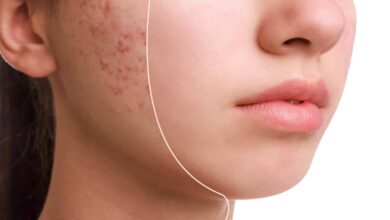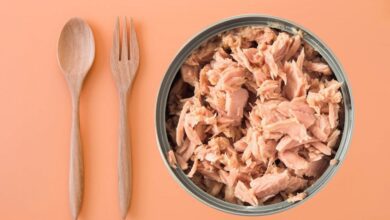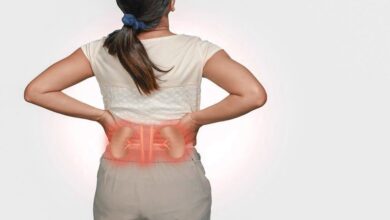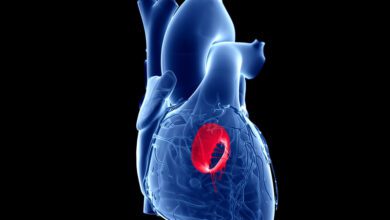Foot deformities in children… Learn about the most prominent types
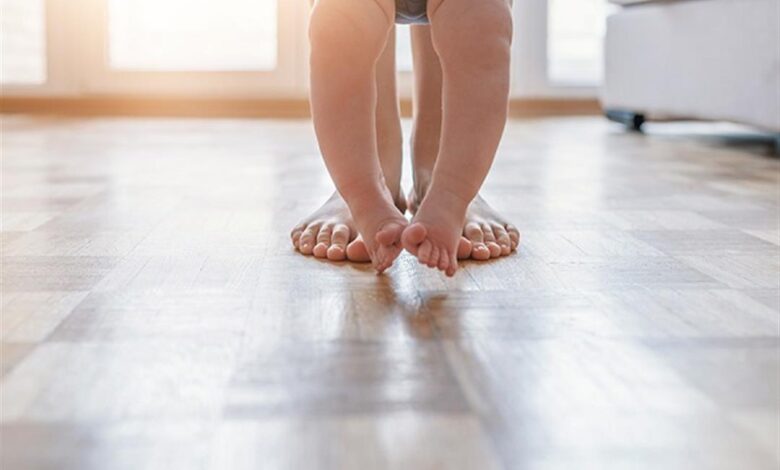
2
It may seem difficult for mothers who are new to the world of motherhood, and who must be sufficiently aware of all the changes or signs that occur in their children that carry strange connotations, including the shape of the children’s feet and the way they walk and stand, which constitutes a matter of concern and tension due to the impact of this on the abilities. Mobility, and the complications resulting from this in the future, and for fear of its impact on them in the long term, causing permanent motor disabilities. We will be your guide through our next article to learn about the types of foot deformities in children in detail.
Foot deformities in children
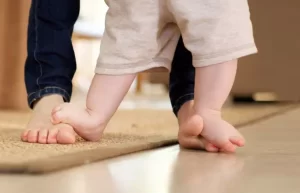

Foot deformities in children
It is an important topic that must be raised, which is related to foot deformities in infants, which take more than one form, not just one form, and which are likely to affect the child, and affect the health of his feet and the degree of achieving balance. The causes of their occurrence are divided into two parts, either congenital genetic factors born with the child and others acquired. It is monitored as follows:
- The fetus falls into a narrow position inside the uterus
- The muscles that help in the normal movement of the bones and joints become weak and weak, and they are also responsible for the arching and curvature of the foot.
- Neurological disorders with direct negative effects on the motor capabilities of the foot, such as cerebral palsy
Causes of foot deformities in children
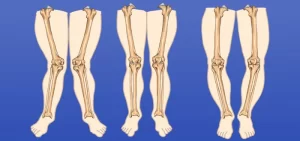

Causes of foot deformities in children
There are many causes behind foot deformities and defects in children, including:
- Genetic factors related to genes passed from parents to children
- Cases of deficiency of some essential nutrients and low levels in the child’s body
- Mothers are accustomed to excessive medication during pregnancy.
- Birth defects.
Common types of foot deformities in children
There are many deformities that can affect your child’s feet, as follows:
1- Clawfoot or clubfoot
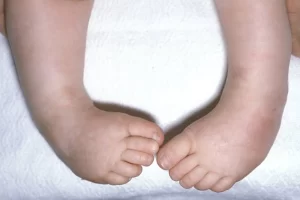

Clawfoot or clubfoot
Doctors have given a name to this type of deformity that affects the feet of newborns, during which the foot appears in a twisted and curved form, and the direction of the curvature is inward with a downward tendency. The occurrence of this problem is linked to the presence of a shortening of the tendons that express that fibrous cord that forms the tool for connecting muscles to bones. Thick, where the group of tendons in the back of the ankle is exposed. This deformity is usually not accompanied by feeling any pain. This condition falls within the conditions that require continuous monitoring by the treating pediatrician, who, based on the accurate diagnosis, can prescribe appropriate treatment methods.
The deformity is concentrated in the ankle or foot joint, and its most important feature is this incorrect arrangement of the bones, which affects the arrangement of the ligaments that connect the small bones, which ultimately makes your child’s foot take the shape of a clubfoot, also called clubfoot.
2- Flat foot
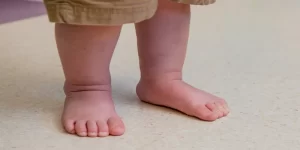

Flat feet or flat feet
Another type of foot deformity is known as flat foot, where mothers may notice that the sole of the child’s foot is clearly flat, so that it is level and completely in contact with the ground, where the protrusion of the arch of the foot is not seen. There are many reasons for this condition to occur, ranging from being congenital defects or It was acquired from a parent, and it cannot be viewed as a worrying condition, as children often succeed in coping with it if they proceed according to the doctors’ instructions. However, if the child has persistent complaints of any accompanying pain or abnormal symptoms that have occurred later, then going to the doctor for a better prescription. An effective treatment.
Read also clubfoot in children… How much do you know about this disease?
3- Bowed legs
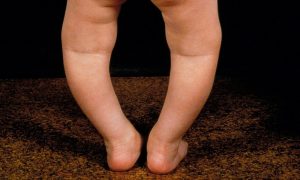

Bowed legs
Although it is possible for adults and older people to suffer from arched feet, these arches are more common in newborns and develop significantly as the child grows older and more mature. Children who suffer from arched feet may suffer from high levels of pain, which causes difficulties, and hinders the child’s ability to walk, and thus lags behind the rest of his peers in the development of leg muscles. Then it becomes necessary for the child to undergo medical tests and examinations after his birth, which is necessary and important, along with obtaining medical advice from a specialist doctor who tends to prescribe Appropriate treatment options based on the child’s health condition
4- The feet are curled inward
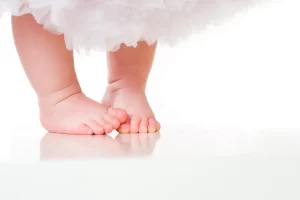

Feet curled inward
Your child’s ability to walk normally will be affected, as the curvature that occurs in the foot is inward and not as is usual for the common shape of the foot, during which the toe curves in an upward direction, and this problem coincides with the child’s development and progress in growth due to a large degree of jointing. In cases of wearing tight types of shoes or suffering from an injury or bruise.
The most prominent treatment methods for foot deformities in children
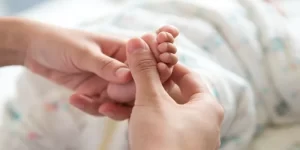

Physical treatment for children’s foot deformities
The treatment plan for foot deformities depends on the condition and type of deformity, age stage, degree and severity of symptoms, and the most prominent treatment methods are mentioned as follows:
- There are types of shoes that have been designed specifically for therapeutic purposes as a type of orthotics and correction of the shape of the foot to gradually restore it and relieve the degree of pain.
- In some special cases, the doctor may advise the child to undergo a surgical procedure in order to correct foot defects and deformities.
- Some physical therapy exercises can help support foot strength and flexibility

